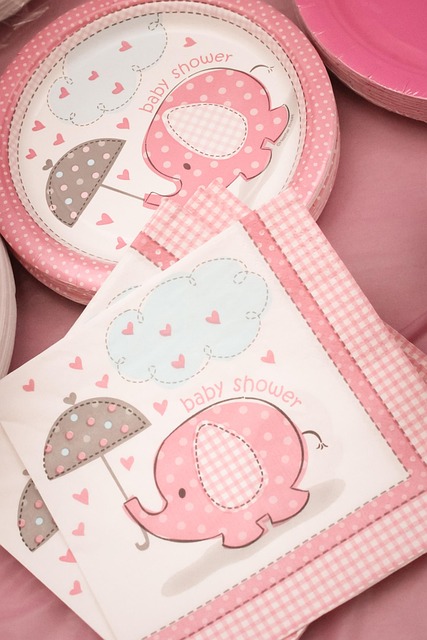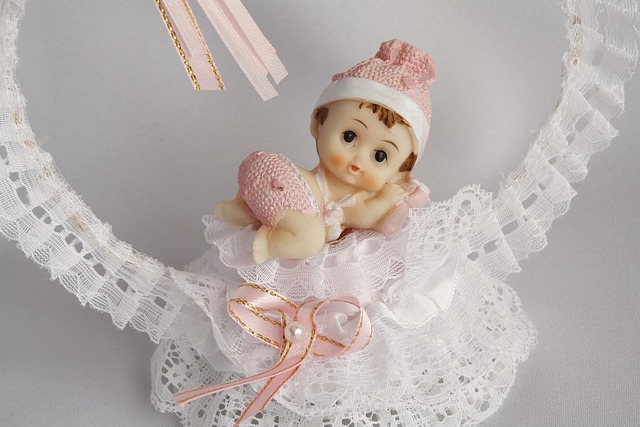To replace a shower head, gather essential tools like adjustable wrenches/pliers, teflon tape, and a bucket. Double-check plumbing compatibility (standard 1/2" or 24mm threads), then use the right tools (wrench, pipe wrench, rag) to secure your new shower head. Understand connector types (thread or quick-connect) for easy installation; check your existing style before buying.
Tired of your old, inefficient shower head? This ultimate guide will walk you through replacing it, even if you’re not handy! We’ll equip you with all the knowledge needed, from gathering the right tools and materials (including a list of essentials) to step-by-step instructions for installation. Learn how to navigate tight fittings, address low water pressure, and ensure your new shower head functions perfectly. No more tedious searches or costly professional help – take control and transform your shower experience with these simple steps.
- Gathering the Right Tools and Materials
- – List of essential tools
- – Types of shower head connectors and what you need to know
Gathering the Right Tools and Materials

Before you begin your DIY shower head replacement project, it’s crucial to gather the right tools and materials. You’ll need a new shower head, naturally! But don’t stop there—a good set of adjustable wrenches or pliers is essential for unscrewing the old one. Don’t forget some teflon tape; this will ensure your new shower head stays securely in place and prevents leaks. Additionally, having a bucket handy to catch any excess water while you work can make the process much easier.
Once you’ve gathered your supplies, double-check that your new shower head is compatible with your existing plumbing. Most modern shower heads use a standard 1/2″ or 24mm thread, but it’s always best to verify. With the right tools and materials at hand, replacing a shower head is surprisingly straightforward—even for those who aren’t particularly handy!
– List of essential tools

When it comes to replacing your shower head, having the right tools makes the task straightforward and hassle-free. Here’s what you need for a successful how to replace a shower head project:
1. New Shower Head: Choose one that suits your preferences in terms of flow rate, style, and finish.
2. Adjustable Wrench or Pliers: These are essential for unscrewing the old shower head and tightening the new one securely.
3. Pipe Wrench (Optional): A pipe wrench provides extra leverage if needed, especially for tight connections.
4. Rag or Old Towel: Have a cloth handy to wipe away any debris or old caulk.
5. New O-Ring or Washer (if required): Ensure you have the correct replacement part for your shower head model.
– Types of shower head connectors and what you need to know

Shower heads come with various connectors, understanding which is key when replacing one. The most common types are thread and quick-connect (or bayonet). Threaded connectors require a specific twist to secure the shower head, while quick-connect systems click into place, making installation faster. Knowing your connector type is crucial for successful replacement.
Before purchasing a new shower head, check your existing connector style and ensure you get a compatible replacement. This simple step saves time and frustration. Quick-connect heads are generally easier to install due to their intuitive design, while threaded connectors may need an adjustable wrench for a tight fit.
Replacing a shower head is an easy DIY project that can instantly refresh your bathroom. By gathering the right tools, understanding different connectors, and following simple steps, anyone can do it—no matter their handiness. So, whether you’re a seasoned handyman or a novice, don’t hesitate to try this guide for a new, improved shower experience.
